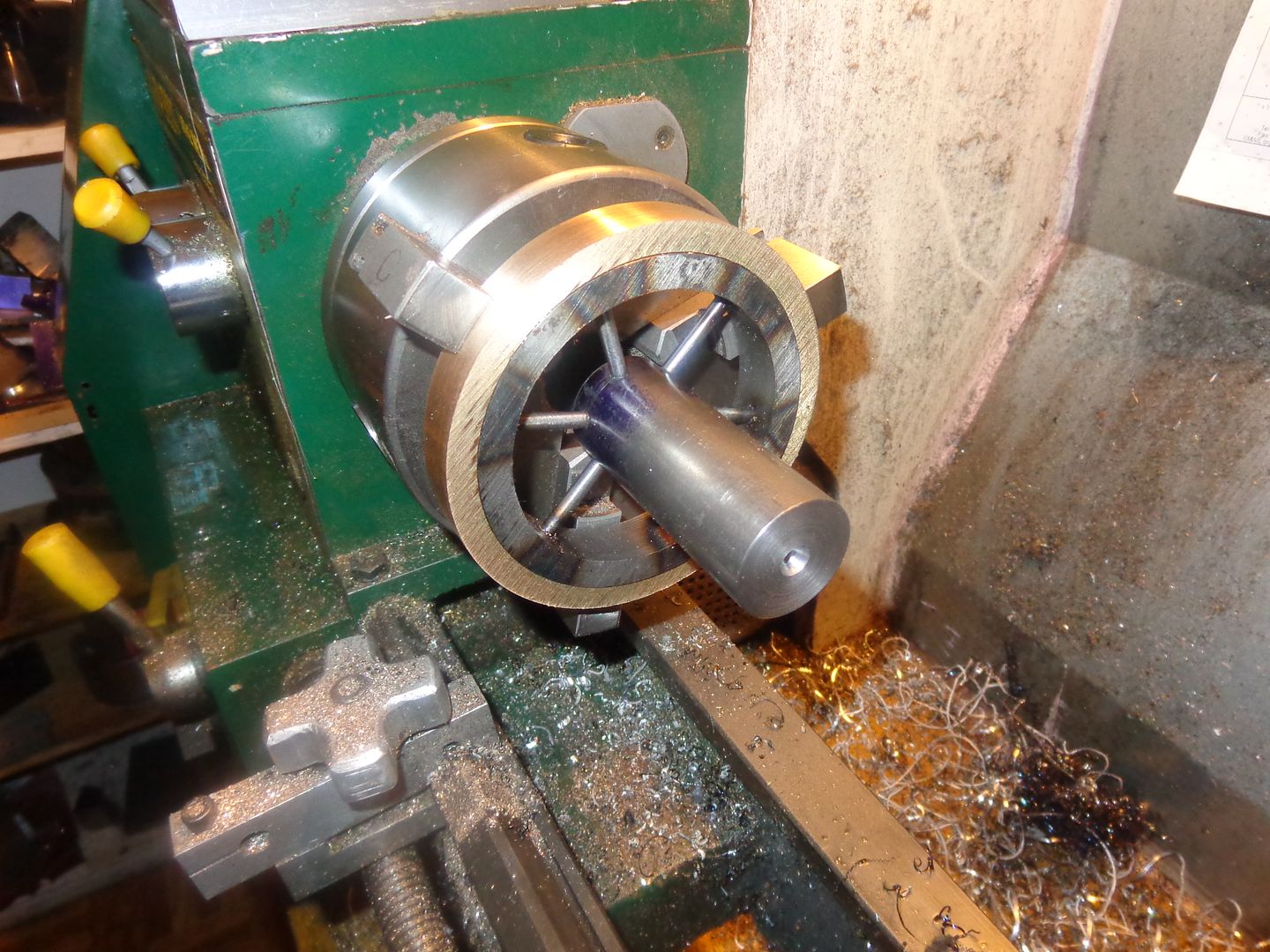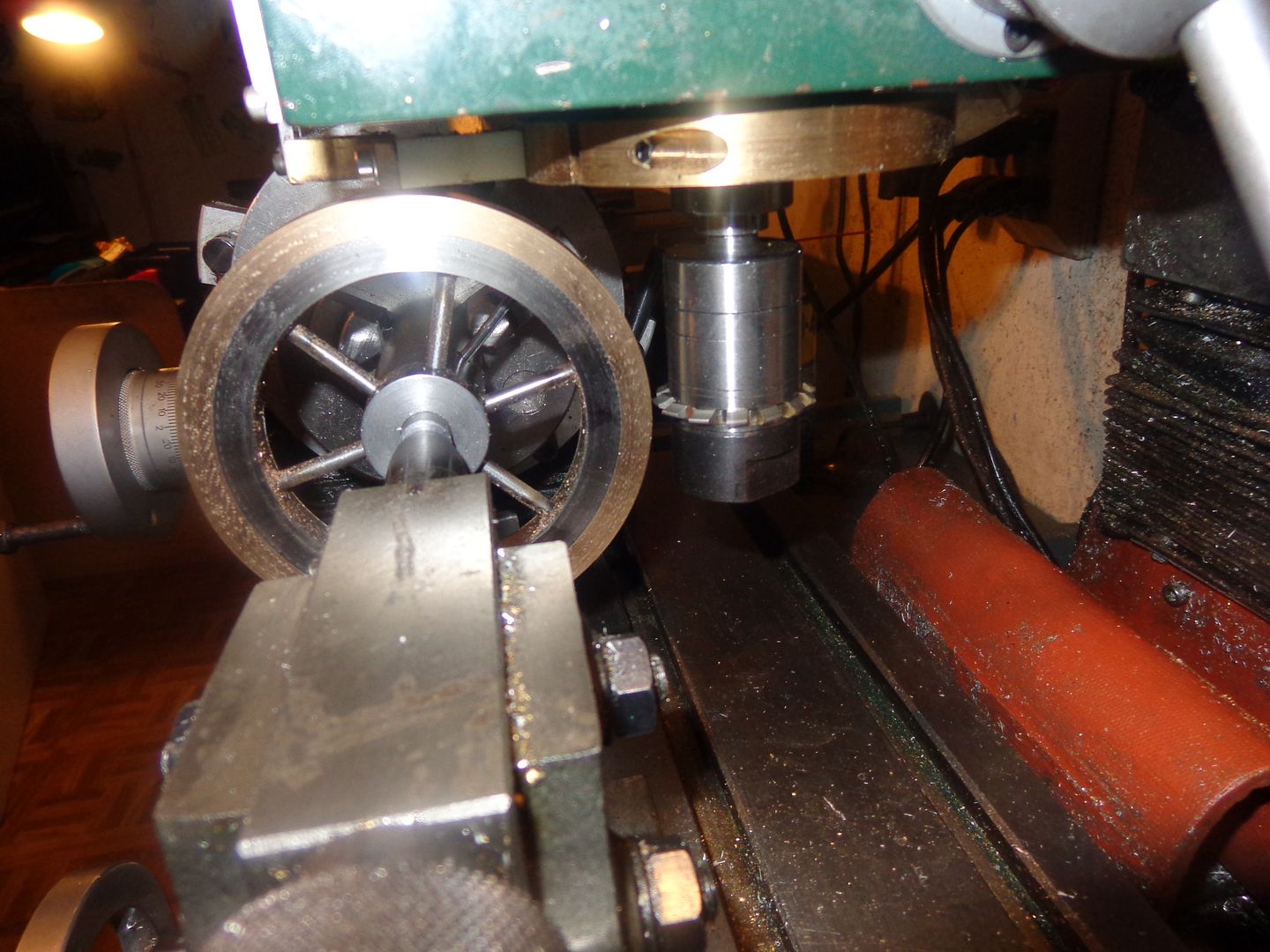- Joined
- Jul 8, 2009
- Messages
- 771
- Reaction score
- 244
Yup, you are well on your way to having a fully automated marble pump.
Don
Don























Enter your email address to join: